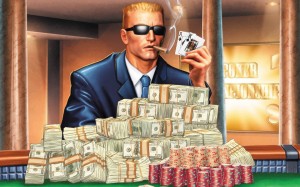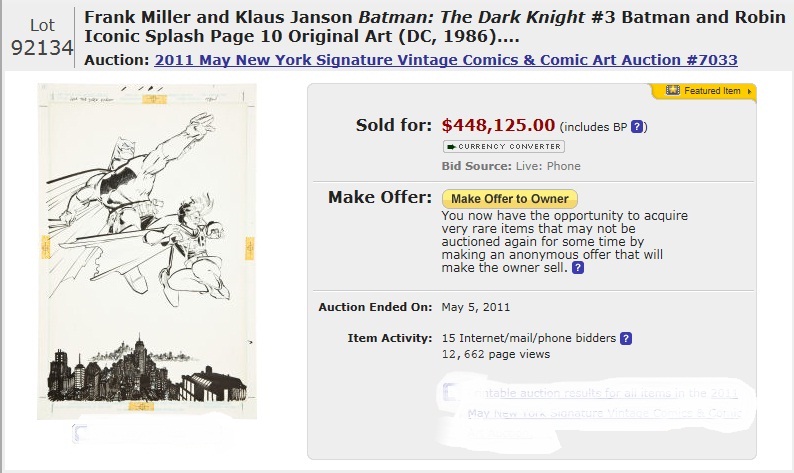Duke Nukem Forever – released June 14, 2011. Yeah we know this is an ‘old game’ by most standards but it deserves a special Silo re-visit.
The Duke is back.. and with harsh criticism.
If you’ve ever played any of the previous Duke Nukem games from the 1990’s then you’ll know what to expect from the latest Duke, Duke Nukem Forever. The majority of reviews about the June released Duke Nukem Forever game are filled with gamers’ expectations and high hopes but immediately reveal their dream crushed realizations. C’mon folks, it’s Duke Nukem! A game that was popular in the 90’s and for good reason – it’s meant to be silly, fun and contain some cheese factor. Known for its incredibly macho yet vulgar main character who strives off his ego and his chicks, Duke Nukem is a game forever built on stereotypes, cheesy one liners, and ridiculous scenarios! My question is simply, is this a bad thing? In a way, I found Duke Nukem Forever a breath of somewhat fresh air. Instead of planning attacks and trying to survive deadly missions and zombies, I was cruising around in a buggy and fighting miniature aliens!
Duke Nukem Forever has nothing on games such as Call of Duty or Gears of War but I think it’s safe to say that this was not the intention here. For example, the plot itself is simple and to the point: aliens land, aliens start stealing women in order to breed while turning men into cops to assist in taking out Duke Nukem. (of course, its such a simple premise, we could come up with that just walking down the street CP )Duke’s objective: kill aliens, rescue women. This game is not intended to spark the creative and mystical part of your brain rather, allow you to sit back and enjoy the entertainment! Sure it’s not as intense or as gritty as the rest of the games of today, but you also don’t spend the whole game clunking around like a trashcan full of potatoes peeking over chest high walls to shoot at things. After all, it’s a throwback to your youth; you run, you jump, you shoot things.
In terms of the graphics, only mediocre but despite the opinion that the gameplay is slow and non-interactive, I beg to differ. There is lots of chance for adventure depending on how you’re playing the game. If you’re willing to loosen your mental grip on missions and tactics and just have fun with the game, then you’re more likely to see the exciting potential the Duke has to offer.
Some of the points people and critics alike are missing with this game is the sheer compatibility factor to the age group playing this game. Why did everyone love it so much in the 90’s? Duke himself – a stereotypical “manly man” with a foul mouth and the need for ass slapping women from time to time. Nothing has changed in Duke Nukem Forever nor should we expect it to. The game is fun, entertaining and doesn’t rely on continuous strategy. Nor does the game try to get deeper than it needs to be which proves that less rigid gameplay can be a bonus from time to time.
When did video games become so serious? Lighten up a little people and enjoy the silly potty humour once in a while. Duke Nukem Forever is nothing to rave about but it deserves its praise nonetheless. As mentioned, if you pick up this game expecting to have your mind blown then you would be in for disappointment but if you are picking it up and thinking to yourself “what the hell, why not” then you’ve got the right idea. On a scale of 1 to 10 I would rate it a 7.5 for delivering what I had expected and hoped it would, pure entertainment. Also, it’s been in development for 13 years so if you’ve waited that long you should at least play it.
Holly LaRue is a new videogaming writer and reviewer for The Silo and hails from Hamilton, ON She can probably kick your butt at your favourite first person shooter. BANG!






















































